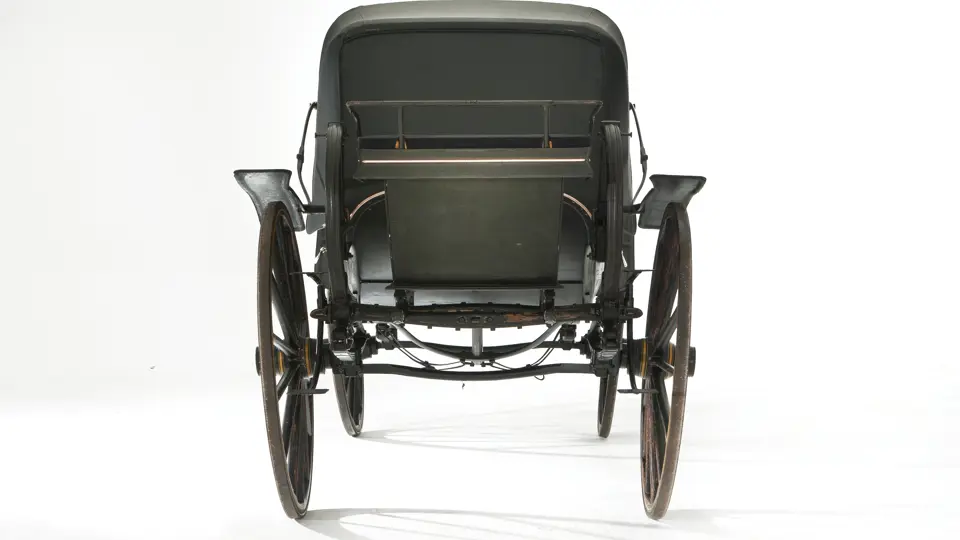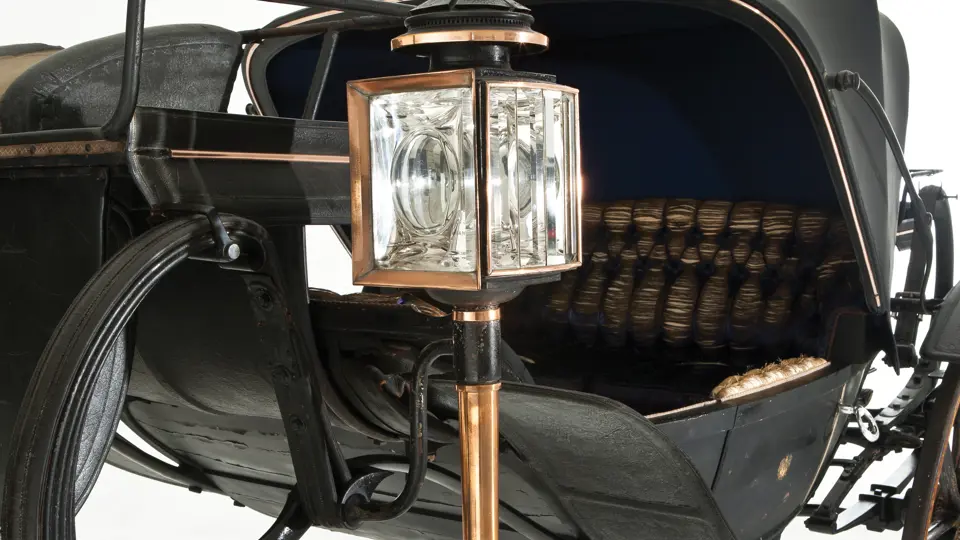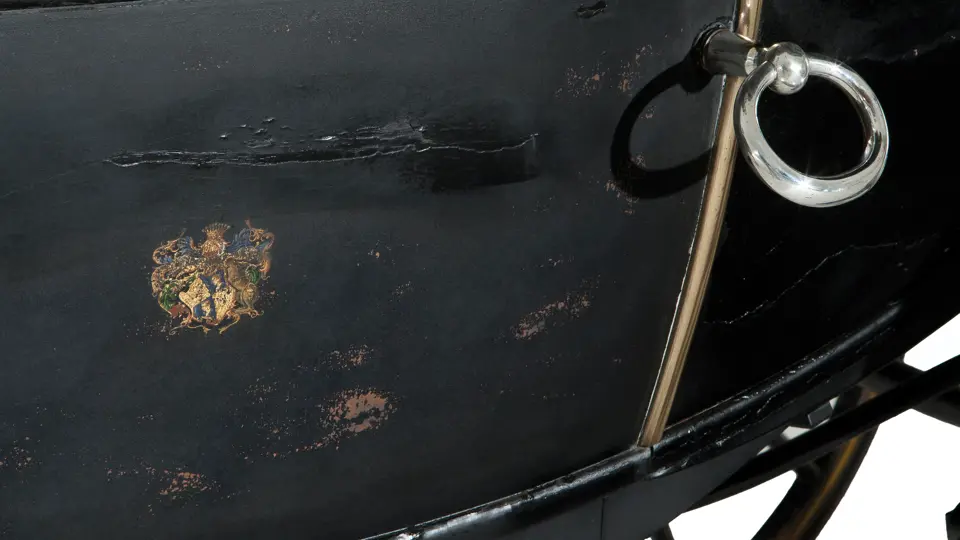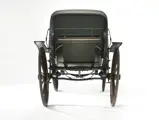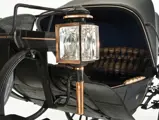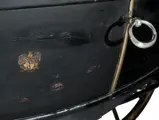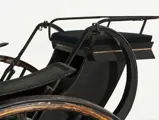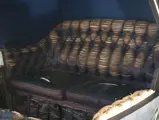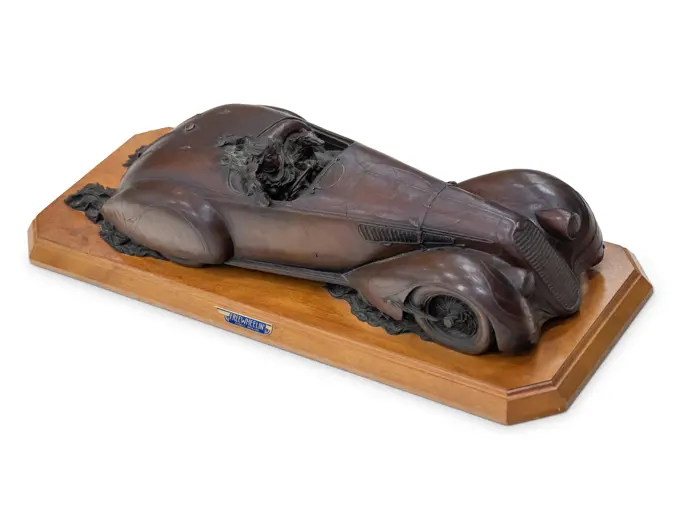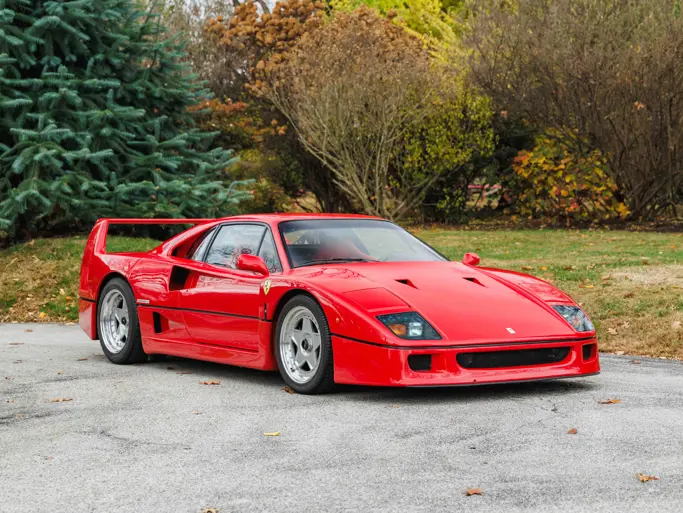Carries eight passengers. Semi-elliptical forward suspension, semi-elliptical intermediate suspension, and fully elliptical rear suspension. Length: 4,100 mm
Established in 1887, Carrozzeria Italiana Cesare Sala of Milano was one of the foremost Italian carriage builders of its era, creating opulent coaches for various royals, including the Empress of Austria and Queen Wilhelmina of the Netherlands. Sala survived well into the automotive era and became renowned as the favoured coachbuilder of Isotta Fraschini, on whose chassis many of its most well-known creations were based. It was known for the exceptional quality of its work and for its outstanding fit, finish, and fine details. A Sala carriage was expensive but undoubtedly worth the price and prestige to those who could afford it.
The low-slung open calèche offered here, a design inspired by wheelbarrows, was one favoured by royalty during its era. The driver rides high above the street, while the passengers are in a semi-reclining position; a bench for coachmen is provided at the extreme rear. This particular example was outfitted with no fewer than eight springs, assuring the height of comfort for its affluent passengers while shading them from the sun by a landau top. Interestingly, the springs on this example are made of high-tension leather, which had the benefit of being unlikely to injure the passengers should the suspension break over a rough road surface. Leather suspension was very intricate to construct and is an extremely desirable feature among carriage collectors.
One of the very few surviving examples of pre-automotive Cesare Sala coachwork, this carriage would be an ideal counterpoint to the Sala-bodied Isotta Fraschini in one’s collection. It also stands well on its own merits as an exceptional example of the carriage builder’s art.
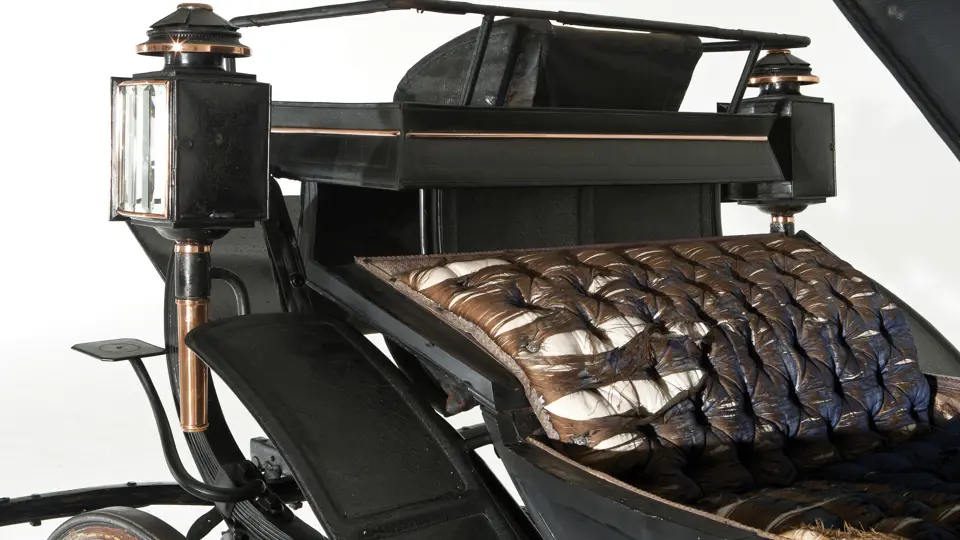

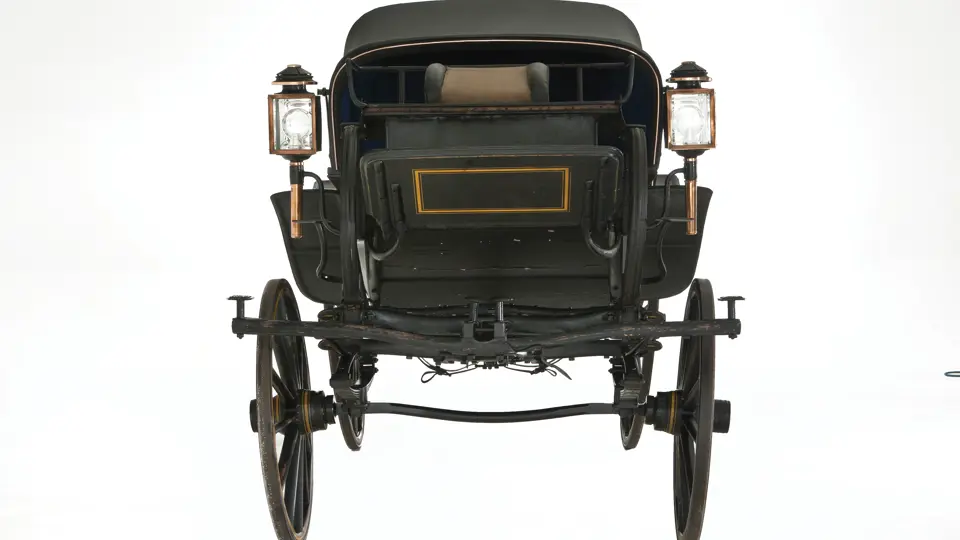

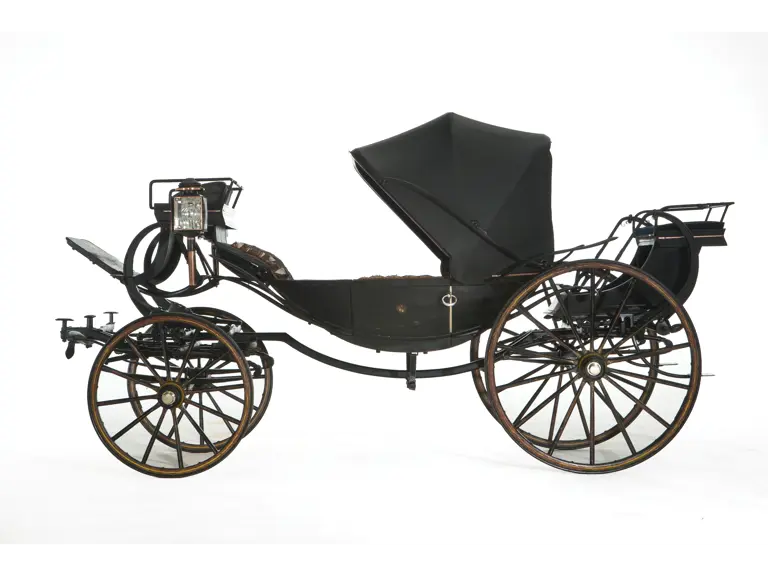
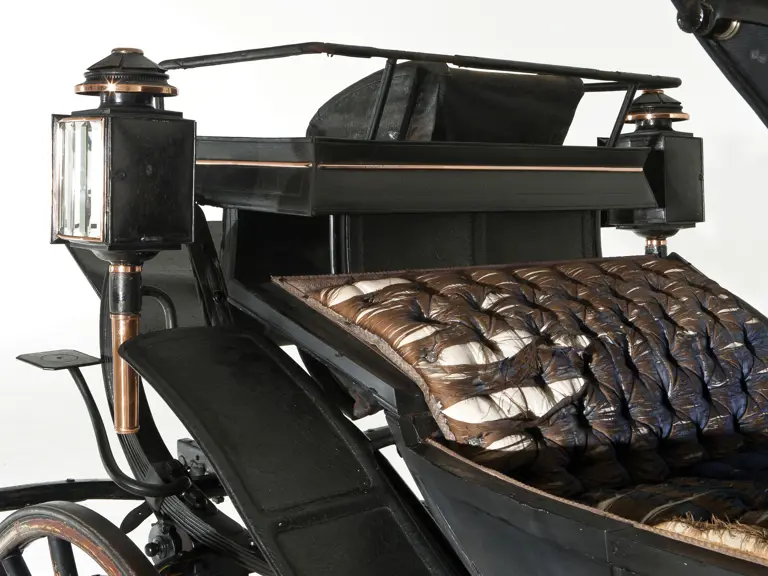


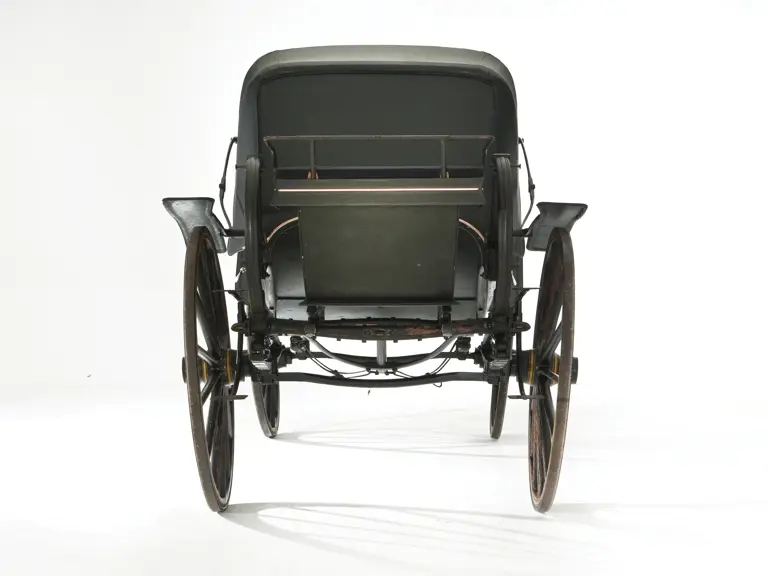

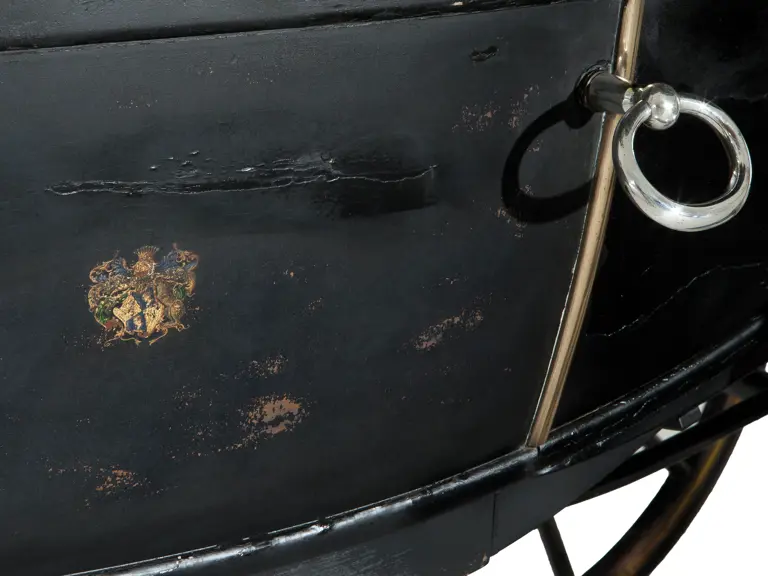


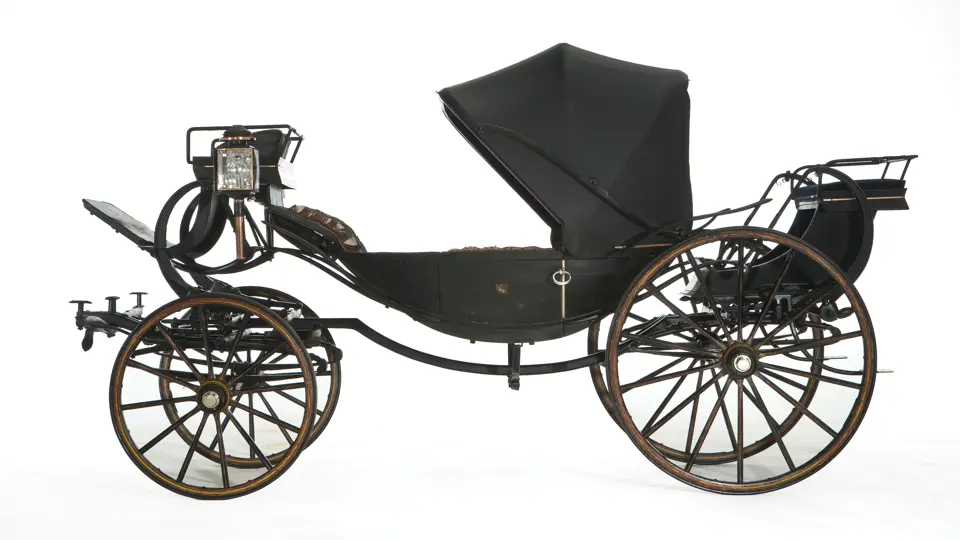
 | Monte Carlo, Monaco
| Monte Carlo, Monaco
